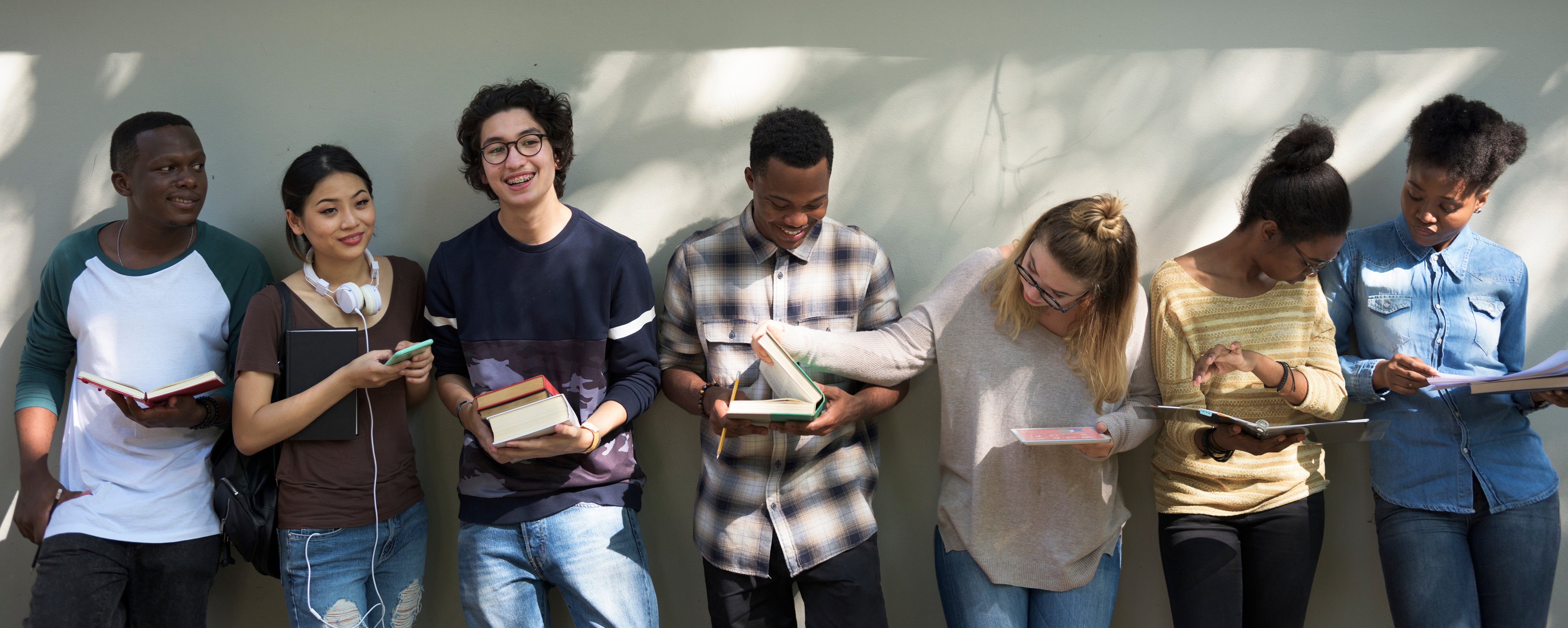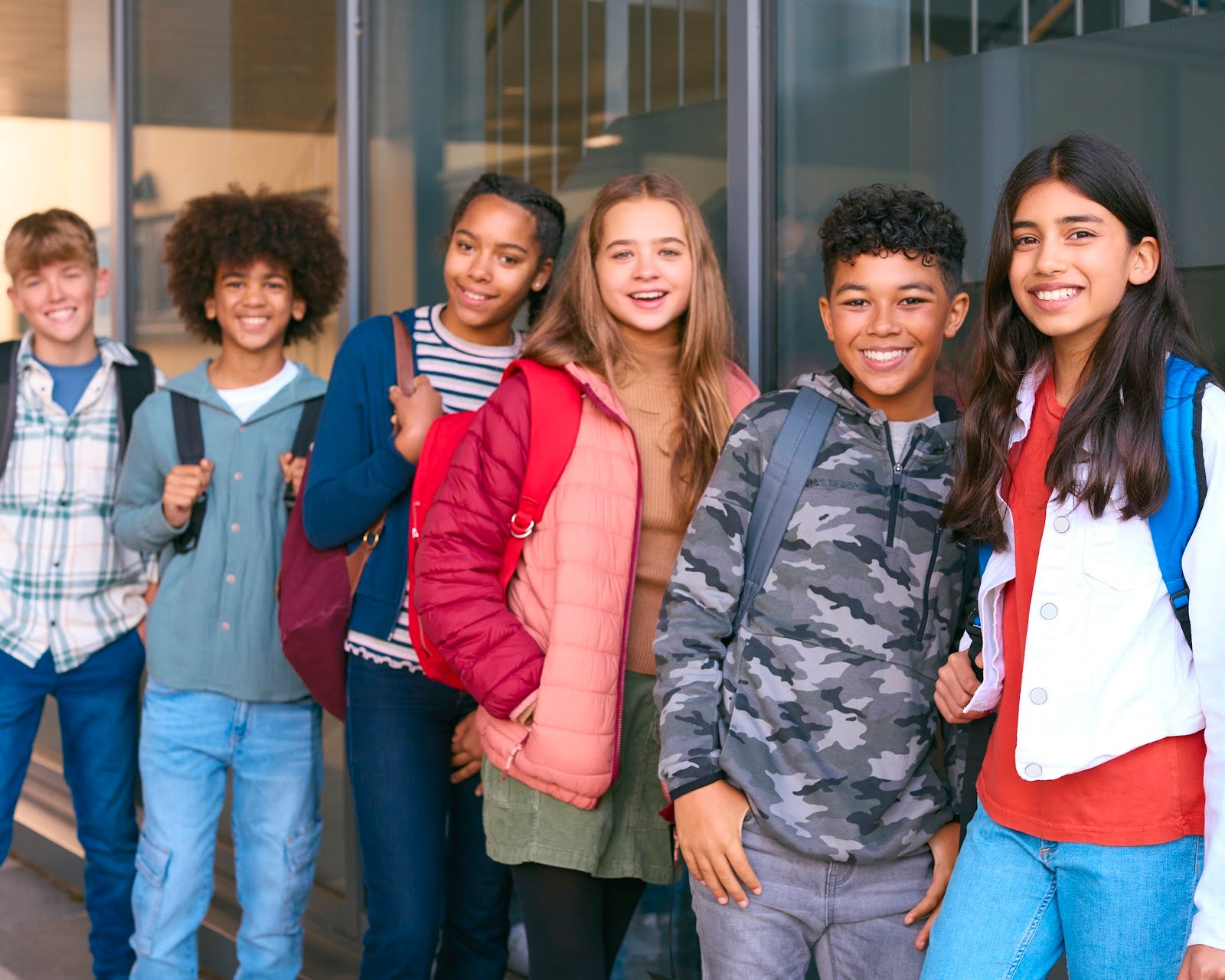Blog
Building Youth Potential Through Trust, Resources, and Going Deeper
Adults can nurture and build youth potential by introducing young people to new opportunities in many ways: helping them to clearly articulate and plan for their goals, connecting them with new ideas, and guiding them through new experiences, to name a few.
Activities, discussions, and assignments designed to take participants out of their everyday reality can help young people to find and achieve their potential.
Building Trust and Connection
By focusing on helping young people to build developmental relationships—close connections with adults, near-peers, and peers—adults can help young people to cultivate their abilities to shape their own lives, build resilience, and thrive. With this foundation, students feel safe exploring their interests and discovering new ones.
When teachers and staff in schools, out-of-school time, and other youth-serving programs prioritize the time it takes to build connection and trust, the payoffs can be life-changing. Following are some useful tools and strategies in identifying student potential from the Search Institute Resources Hub.
- Get to know your student. Spending as little as two minutes a day for 10 days, especially at the beginning of a school year, can foster the kind of open relationship that builds trust and allows young people to communicate and grow.
- Dialogue journals. Students and teachers can write to each other through journaling exercises as a means of building a positive relationship and pursuing growth in self-awareness, social awareness, and student potential. Activities are available at all levels, including elementary, middle school, and high school.
- What Makes You Happy? Identifying and Sharing Sparks is a 45-minute activity where participants share their deep interests, talents, or activities. Practitioners can follow up with students one on one about their passions or integrate them into the curriculum.
Expanding Possibilities
Supporting and encouraging youth to consider new and unknown possibilities for themselves requires a strong relationship in which you know and see them in ways others don’t—often including the young persons themselves. Your insights into who they are and your own experiences, ideas, connections, and imagination may be able to open up new possibilities for young people that they hadn’t considered or might otherwise have dismissed.
Approaches to Expanding Possibilities include:
- Introduce options: Young people confront many decisions as they move through life. Ensure that they are aware of multiple possibilities before they make important decisions (or let opportunities pass them by). For example, when discussing life after high school with young people, be sure they know about and consider a wide variety of options, including two- and four-year colleges, careers, internships, apprenticeships, and trade schools. Make connections between young people’s strengths, dreams, and interests and these future opportunities.
- Broaden perspectives: Recommend things to watch, listen to, or read to gain exposure to new ideas, prompt consideration of different perspectives, and expand a young person’s thinking about a topic.
- Help them go deeper: Ask about and listen for things that young people are curious about or like to do. Encourage them to learn more about it. Provide them with resources to engage in and build on that interest, such as clubs, classes, events, books, websites, field trips, guest speakers, or other opportunities.
- Promote diversity: Facilitate conversations and connections among young people that cross lines of difference.
Creating a Web of Resources and Relationships
Student potential and social capital are intertwined. Social capital is the resources that arise from a web of relationships. Young people report being happier and healthier when they are surrounded by a web of relationships that challenge them to grow, learn, and discover new skills and talents.
The entire web of relationships—including peers, near peers, families, teachers, and other adults—builds potential. Those with higher levels of social capital, as well as a stronger and more diverse network, report greater progress toward their education and employment goals, more of a commitment to paying it forward to others, and belief in their ability to create meaningful change.
Research indicates that a key part of strengthening a person’s social capital is to ensure that they have the mindsets and skills to successfully activate and mobilize their relationships and resources in pursuit of their goals. These relationships provide young people with the actionable resources, such as valuable information, connections to others, and useful skills needed to reach education or employment goals.
Intention and Follow-Through Matters
Close connections, developmental relationships, social capital, and targeted resources all work together to build potential in young people. They are the ecosystem in which youth develop and thrive. Building these assets in young people takes time and dedication, which are often in short supply in schools and programs. However, prioritizing young people, and being intentional about nurturing their individual passions and following through with resources and opportunities, pays off in student success.





